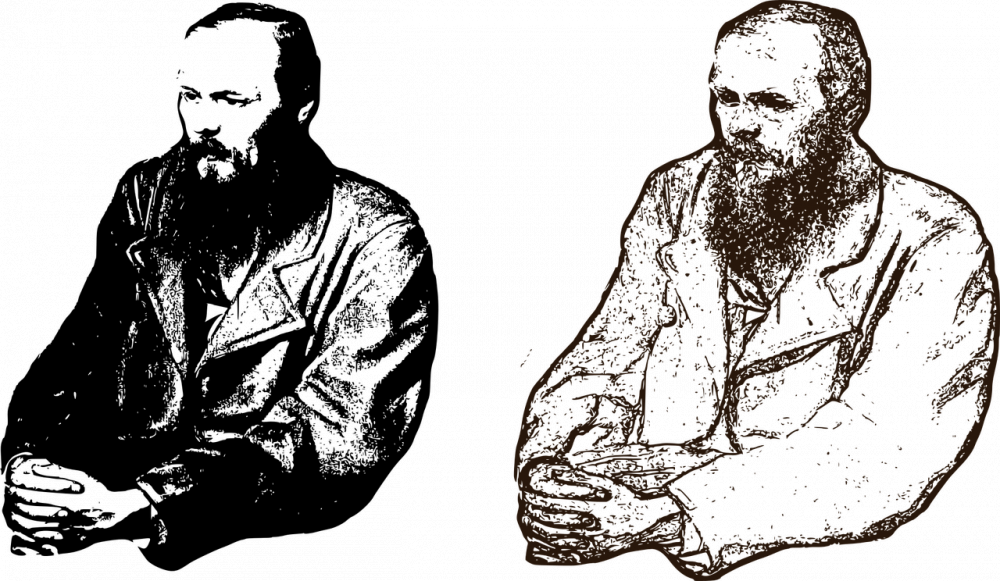Jane Austen Books: A Delightful Journey into 19th Century Literature

Introduction
If you are a lover of classical literature and admire the subtle art of storytelling, Jane Austen’s books are an absolute treasure trove for you. With her impeccable wit, social commentary, and remarkable characters, Austen has left an indelible mark on the literary world. In this article, we will dive into the captivating world of Jane Austen and explore her books that continue to enthrall readers even two centuries later.
Understanding Jane Austen Books

Before delving into the historical progression of Jane Austen’s works, let us first understand the essence of her novels and what makes them significant. Austen’s writing primarily revolves around the lives of rural gentry and their interactions in early 19th-century England. Her books are renowned for vividly depicting societal norms, gender roles, and the complexities of relationships.
At the heart of Austen’s novels lies her acute observation of human nature, which she skillfully weaves into engaging narratives. Her heroines exude intelligence, resilience, and independence within the confines of their social standings. Furthermore, Austen’s subtle humor adds an element of charm to her stories, making them highly relatable and enjoyable for readers across generations.
The Historical Evolution of Jane Austen Books
Jane Austen’s literary journey spans from the late 18th century to the early 19th century. To truly appreciate her books, it is crucial to explore their historical context and the societal changes that influenced Austen’s writing.
– Sense and Sensibility [1811]: Austen’s first published novel explores themes of love, practicality, and societal expectations in Regency England. Through the contrasting Dashwood sisters, Elinor and Marianne, Austen delves into the dichotomy of emotional restraint versus uninhibited passion.
– Pride and Prejudice [1813]: Arguably Austen’s most famous work, this novel takes a sharp satirical aim at the conventions of the time. The enchanting romance between Elizabeth Bennet and Mr. Darcy, set against the backdrop of class divisions and societal expectations, captivates readers to this day.
– Mansfield Park [1814]: Austen tackles themes of morality, social mobility, and the role of women in society through the character of Fanny Price. The novel casts a critical eye on the 19th-century aristocracy and challenges their assumed superiority.
– Emma [1815]: Emma Woodhouse, the charismatic yet misguided heroine, provides readers with an insightful exploration of social hierarchy and self-discovery. Austen’s sharp wit shines through as Emma navigates relationships and learns life’s valuable lessons.
Family and Legacy
Despite Austen’s profound impact on literature, her works were initially published anonymously, and it was not until after her death that her brother revealed her authorship. The long road to recognition speaks volumes about the limited opportunities available to women writers in Austen’s era.
Nevertheless, Jane Austen’s books have since become literary classics and have inspired countless adaptations, including film and television adaptations. Her keen observation of human nature and her ability to transport readers to the society of the past continue to captivate audiences worldwide.
Conclusion
In conclusion, Jane Austen’s books offer readers an enchanting escape into the world of 19th-century England. With her delicate yet powerful prose, Austen captures the intricacies of human relationships and societal norms, making her novels timeless treasures. Whether you are a seasoned Austen enthusiast or a newcomer to her works, immersing yourself in the enduring charm of her stories is a truly rewarding experience.
So grab a cup of tea, settle into a cozy armchair, and allow Jane Austen to whisk you away to a world where love, wit, and societal mores intertwine in perfect harmony.





